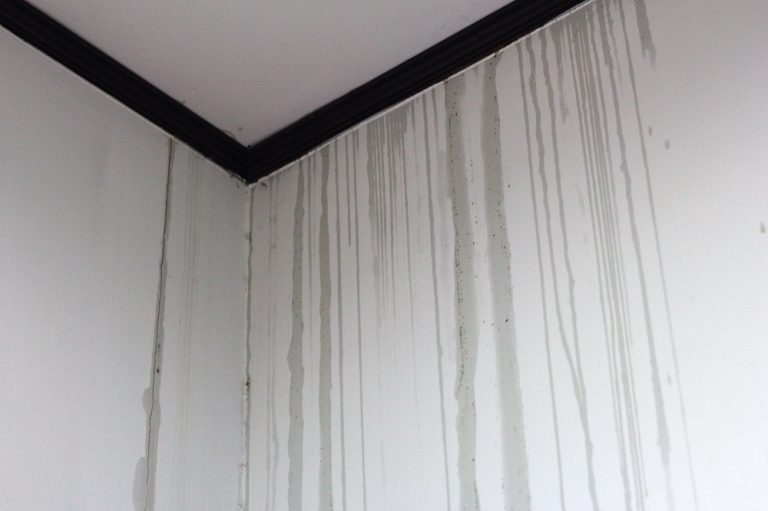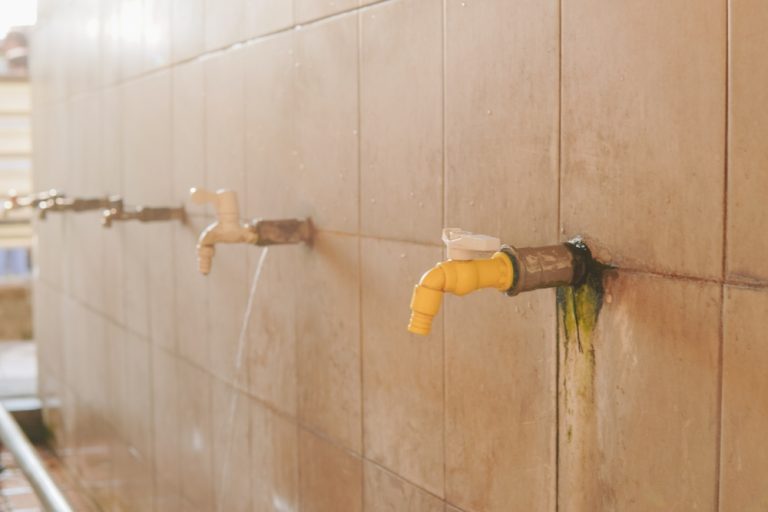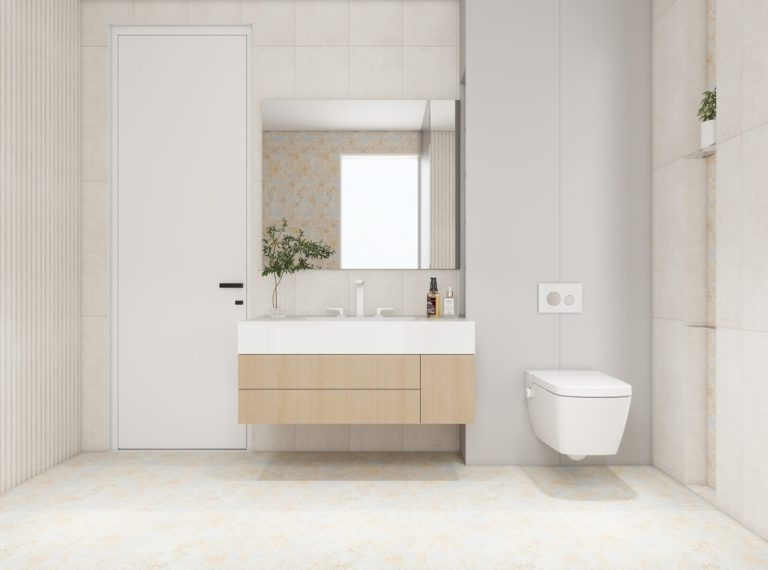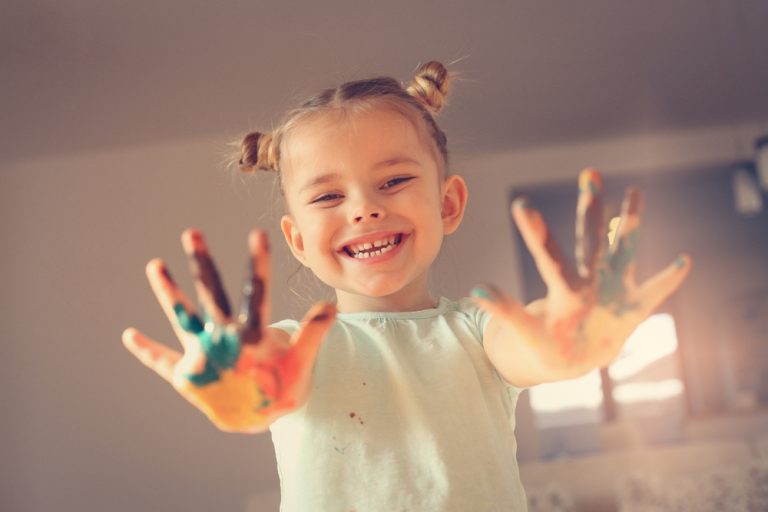Why Do My Bathroom Walls Sweat Yellow?

If you’ve noticed yellow stains or streaks forming on your bathroom walls, especially after taking a shower or bath, you’re not alone. Many homeowners experience this issue, and it can be quite frustrating. Understanding why your bathroom walls sweat yellow is important for resolving the issue and preventing further damage.
In this guide, we’ll explore the causes behind yellowing bathroom walls, what factors contribute to this problem, and how to prevent it from happening.
What Causes Bathroom Walls to Sweat Yellow?
The yellow stains on your bathroom walls are usually a result of moisture and humidity interacting with various substances present in the bathroom. These substances can include soap scum, personal care products, and even residue from tobacco or cooking fumes. When moisture condenses on the walls, it mixes with these residues and can leave behind yellowish stains.
Moisture and Condensation
Bathrooms are high-moisture environments, which makes them particularly susceptible to condensation. After a hot shower or bath, steam rises and cools when it hits the walls. As the moisture condenses, it can mix with oils, dirt, and other substances, leading to discoloration.
Tip: Proper ventilation can reduce condensation and minimize yellow staining on bathroom walls.
Personal Care Products
Many personal care products, such as shampoos, lotions, and even air fresheners, contain oils and dyes. When these products evaporate or are splashed onto the walls, they can mix with the moisture, causing yellow streaks or stains.
Example: Hair products containing oils or coloring agents may leave behind a residue that, when combined with condensation, turns yellow on the walls.
Tobacco Smoke and Environmental Pollutants
In some cases, yellowing walls in the bathroom can be caused by tobacco smoke or environmental pollutants. Cigarette smoke contains tar and nicotine, which can cling to walls, especially in a humid environment like a bathroom. Over time, these substances mix with condensation and lead to yellow stains on the walls.
Tar and Nicotine Build-Up
Tar and nicotine from cigarette smoke can settle on surfaces and mix with moisture from the bathroom, creating unsightly yellow stains. If you or someone in your household smokes indoors, this may be the source of the problem.
Cooking Fumes
Even though the bathroom is not typically near the kitchen, cooking fumes that contain grease and smoke can circulate throughout the house. In humid environments like the bathroom, these fumes can condense on the walls, contributing to yellow discoloration.
Humidity and Lack of Ventilation
The lack of proper ventilation is one of the most common reasons why bathroom walls sweat yellow. Without adequate airflow, moisture from showers and baths has nowhere to escape, leading to high levels of humidity. This moisture creates the perfect environment for yellowing stains to form, as it mixes with dirt, oils, and other residues.
Inadequate Ventilation
Bathrooms without proper ventilation, such as those lacking an exhaust fan or window, are especially prone to condensation buildup. The moisture lingers on the walls and allows stains to form.
High Humidity Levels
Connecticut homes, like many others, can experience high humidity levels, especially in the summer. The combination of humid air and condensation can lead to yellowing, particularly in poorly ventilated bathrooms.
Tip: Using a dehumidifier in the bathroom or keeping the door open after showers can help control humidity levels and reduce yellowing on the walls.
How to Prevent Yellowing on Bathroom Walls?
Now that you understand the common causes behind yellowing bathroom walls, the next step is to prevent the problem from recurring. Fortunately, there are several effective solutions to stop yellow stains from forming.
Improve Ventilation
The most important step in preventing yellow stains is to improve the ventilation in your bathroom. Installing an exhaust fan, or using an existing one regularly, will help reduce moisture levels and minimize condensation on the walls. You can also crack open a window or leave the bathroom door open after showers to allow moisture to escape.
Regular Cleaning
Cleaning your bathroom walls regularly will prevent oils, soap scum, and other residues from building up and causing yellow stains. Use a mild cleaner or a vinegar-water solution to wipe down the walls, especially after taking a hot shower.
Use Low-Residue Products
Switching to personal care products that contain fewer oils or dyes can help reduce the amount of residue that builds up on bathroom walls. Look for shampoos, conditioners, and lotions labeled as “clear” or “low residue” to minimize yellow staining.
Seal or Paint the Walls
Applying a high-quality paint or sealant to your bathroom walls can create a protective barrier against moisture and stains. Many paints designed for bathrooms contain mildew-resistant properties and are easier to clean.
Tip: Use mold- and mildew-resistant bathroom paint for long-lasting protection against yellowing and other types of stains.
How to Remove Yellow Stains from Bathroom Walls?
If you’re already dealing with yellow stains on your bathroom walls, there are a few ways to remove them effectively without damaging the paint or tiles.
Vinegar and Water Solution
A solution of equal parts white vinegar and water can be effective at removing yellow stains caused by moisture and oils. Apply the solution to the affected area with a sponge or cloth and scrub gently until the stain is gone.
Baking Soda Paste
For tougher stains, you can make a paste from baking soda and water. Apply the paste to the stained area, let it sit for 10-15 minutes, then scrub gently with a soft sponge or cloth. The abrasiveness of the baking soda can help lift stubborn yellow stains.
Commercial Cleaners
If home remedies aren’t effective, you can try using a commercial cleaner designed for bathroom surfaces. Look for products that are safe for use on painted walls or tile, and always test the cleaner on a small, inconspicuous area first.
When to Call a Professional?
In some cases, the yellowing on bathroom walls may be due to more serious issues, such as leaks or structural damage. If you notice persistent moisture problems or water stains that keep coming back despite cleaning, it may be time to consult a professional.
A plumber or contractor can help identify any hidden leaks or moisture sources that are contributing to the yellow stains.
Conclusion
Yellow stains on your bathroom walls can be unsightly, but they’re often a result of common household factors like moisture, personal care products, or even environmental pollutants like tobacco smoke.
By understanding why your bathroom walls sweat yellow and taking steps to improve ventilation, reduce humidity, and clean regularly, you can prevent the issue from recurring. If the yellowing persists, it may be time to consult a professional to ensure there are no underlying moisture issues contributing to the problem.




